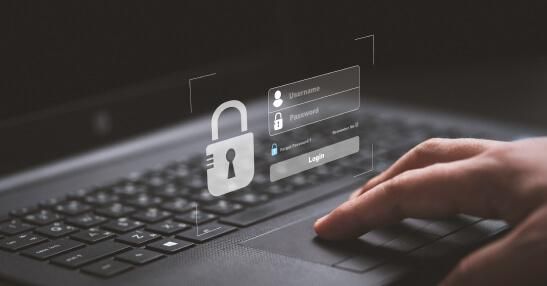Why Passwordless Authentication Is Your Best Defense Against Cyber Threats
Speak With An Expert
Hola mundo alerta alerta
Passwords have long been a staple of cybersecurity frameworks. Today, however, more and more organizations are questioning their value due to their susceptibility to human error and how easy it is for many bad actors to obtain them. Several tech giants with massive digital footprints, including Apple, Google, and Microsoft, have all invested in passwordless authentication.
Fortunately, passwordless security offers a more advanced solution for businesses looking to fortify themselves against data breaches and cyberattacks. By understanding the foundational principles of passwordless authentication, organizations can develop more efficient logical access control systems that deliver a seamless user experience.
For many organizations, password-based security is fast becoming more trouble than it’s worth. It’s difficult to remember complex passwords for dozens of accounts, so many users reuse them, or invent simple passwords that are easy for bad actors to crack. Even strong passwords are vulnerable to phishing and other social engineering attacks.
With attackers finding innovative new ways to strike, industries that are more vulnerable to cyber attacks — i.e. healthcare, financial, enterprise and manufacturing — should consider passwordless authentication solutions as a viable option. Here are a few of the most common passwordless solutions:
Passwordless authentication solutions enhance security by eliminating the vulnerabilities associated with traditional passwords while promoting a more seamless user experience.
Let’s dive a bit deeper into why passwordless authentication solutions are an ideal fit for the cybersecurity needs of modern businesses.
Remote work is here to stay. By 2025, the number of remote workers is expected to increase by 417% compared to pre-pandemic levels. More remote workers means a wider attack surface. While multi-factor authentication (MFA) can provide an extra layer of security for remote workers, passwordless authentication is still the best option in most cases due to its ability to verify all endpoints through device authentication, making access to systems seamless. This enables remote employees to easily access the platforms and data they need to do their jobs.
 Download 2024 State of Passwordless Security Report
Download 2024 State of Passwordless Security Report
The more users and devices that enter a network, the more difficult it becomes to remain compliant with cybersecurity regulations. Compliance fines often arrive in tandem with financial losses incurred by a data breach, making them doubly detrimental for businesses.
Fortunately, passwordless authentication can help by verifying identities, supporting thorough access control, and restricting users from sharing login credentials. Due to their resistance to phishing attacks, passwordless authentication solutions exceed NIST 800-63 compliance, meeting the criteria for Authentication Assurance Level 3 (AAL3).

On average, users spend three minutes and 46 seconds each time they reset their password. This clunky authentication process comes at the expense of the user’s experience with your platform. Fortunately, working with a trustworthy passwordless solutions provider can cut these numbers down. Businesses that implement passwordless solutions with rf IDEAS see 25% fewer password request inquiries from users, who are able to sign in 2.6 times faster than normal.
Traditional passwords will always have a presence in security architectures, but solely relying on them to protect against cyberthreats is no longer sufficient. Modern businesses have too many devices, touchpoints, and compliance standards for passwords to be a practical security solution.
Passwordless authentication offers a more dynamic path forward, one that’s attuned to increasingly digitized industries. To learn more about how passwordless security can benefit your organization, download our 2024 State of Passwordless Security report.